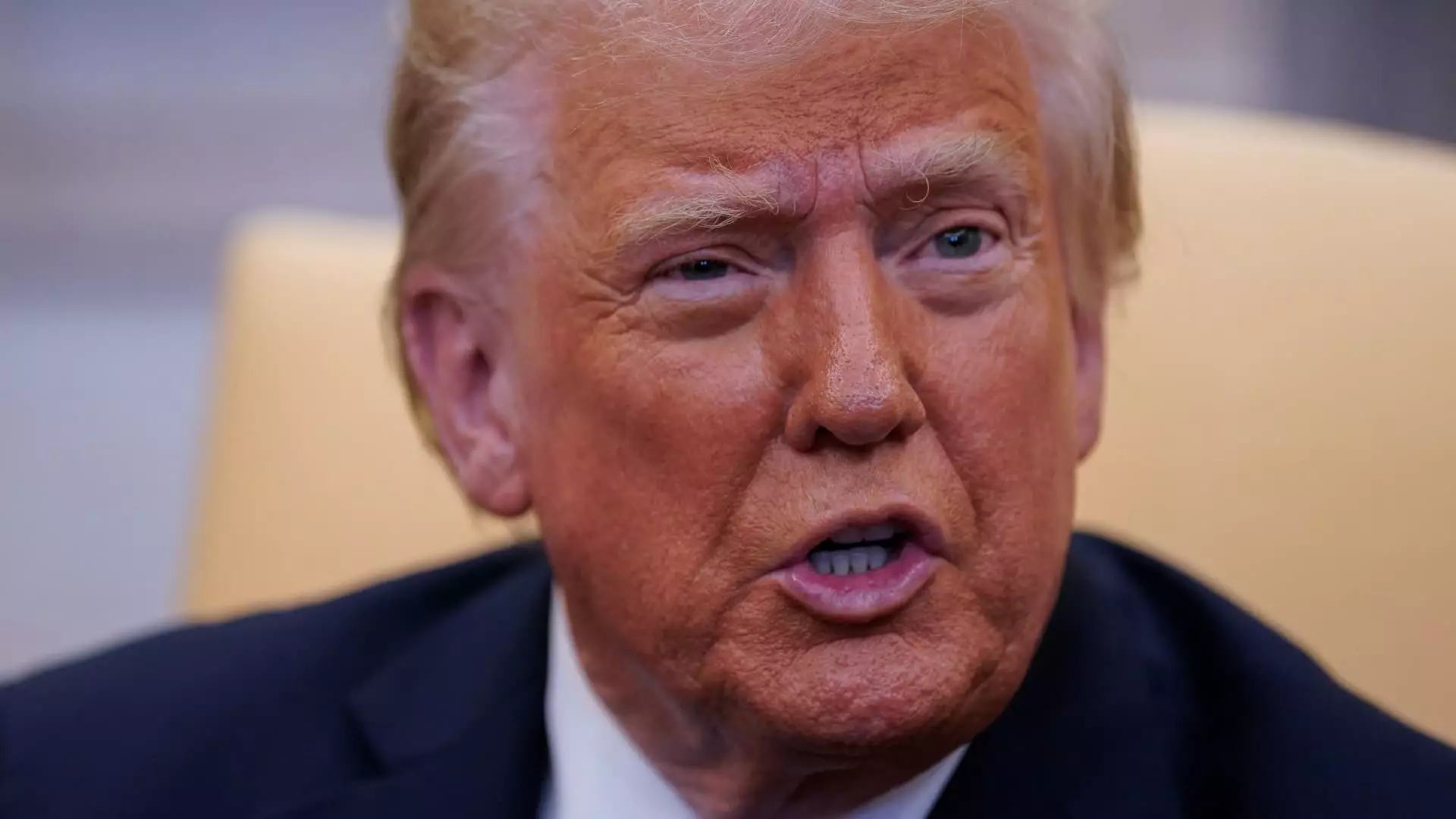In a surprising move that underscores ongoing debates about government spending and efficiency, former President Donald Trump recently announced a halt to the production of new pennies. In a post on Truth Social, he lamented the continued minting of what he deemed “wasteful” coins, noting that the costs associated with creating each penny have consistently outstripped its face value. This decision, if it holds ground, could signal a significant shift in how the United States approaches currency and government expenditures.
However, the legality of Trump’s directive remains in question. The U.S. Constitution grants coinage powers exclusively to Congress, and while the Secretary of the Treasury does have some authority to mint coins, the long-standing precedence suggests a need for Congressional approval for policies that fundamentally alter currency production. This complicates the potential for any immediate changes to the minting process; although Trump feels confident about his directive, navigating the legal framework may prove challenging.
Analysts like Jaret Seiberg from TD Cowen have speculated that the proposed halt could withstand judicial scrutiny, leading to a likely shortage of pennies. This could, in turn, create ripples throughout the banking and retail sectors, where coin shortages could drive up costs for merchants. Such a scenario emphasizes the complex interplay between government policy, economic demands, and consumer behavior in today’s fast-evolving financial landscape.
The financial rationale behind Trump’s announcement cannot be ignored. According to the latest reports from the U.S. Mint, producing a penny costs 3.69 cents, marking another year of operating at a loss for the coin. This concern spans beyond pennies, with the 5-cent nickel costing even more to produce at 13.78 cents. These figures raise questions about the overall efficiency of producing lower denomination coins, especially in an era increasingly dominated by digital transactions.
With the ongoing transition towards cashless transactions, particularly accelerated by the COVID-19 pandemic, the need for physical currency is declining. The growing preference for electronic payments has created an environment where the utility of coins—especially those like pennies—may no longer justify their production costs. Other financial companies, such as Visa and Mastercard, are likely to see increased benefits as more consumers adopt digital payment methods.
As the U.S. considers the future of its currency, there are broader implications that extend beyond the penny itself. The potential discontinuation of lower denomination coins might compel lawmakers to rethink how currency is used in everyday transactions. If pennies, which serve as a vestige of a bygone era, were to disappear, it could further accelerate the shift towards an economy that prioritizes electronic forms of payment.
Trump’s move to stop penny production may indeed signal the beginning of significant changes in monetary policy and consumer behavior. While the immediate legal and financial implications are worthy of consideration, the long-term effects on how Americans engage with money may ultimately redefine what it means to transact in today’s digital economy. As we analyze this situation, it’s clear that the conversation around currency is only just warming up.


Leave a Reply